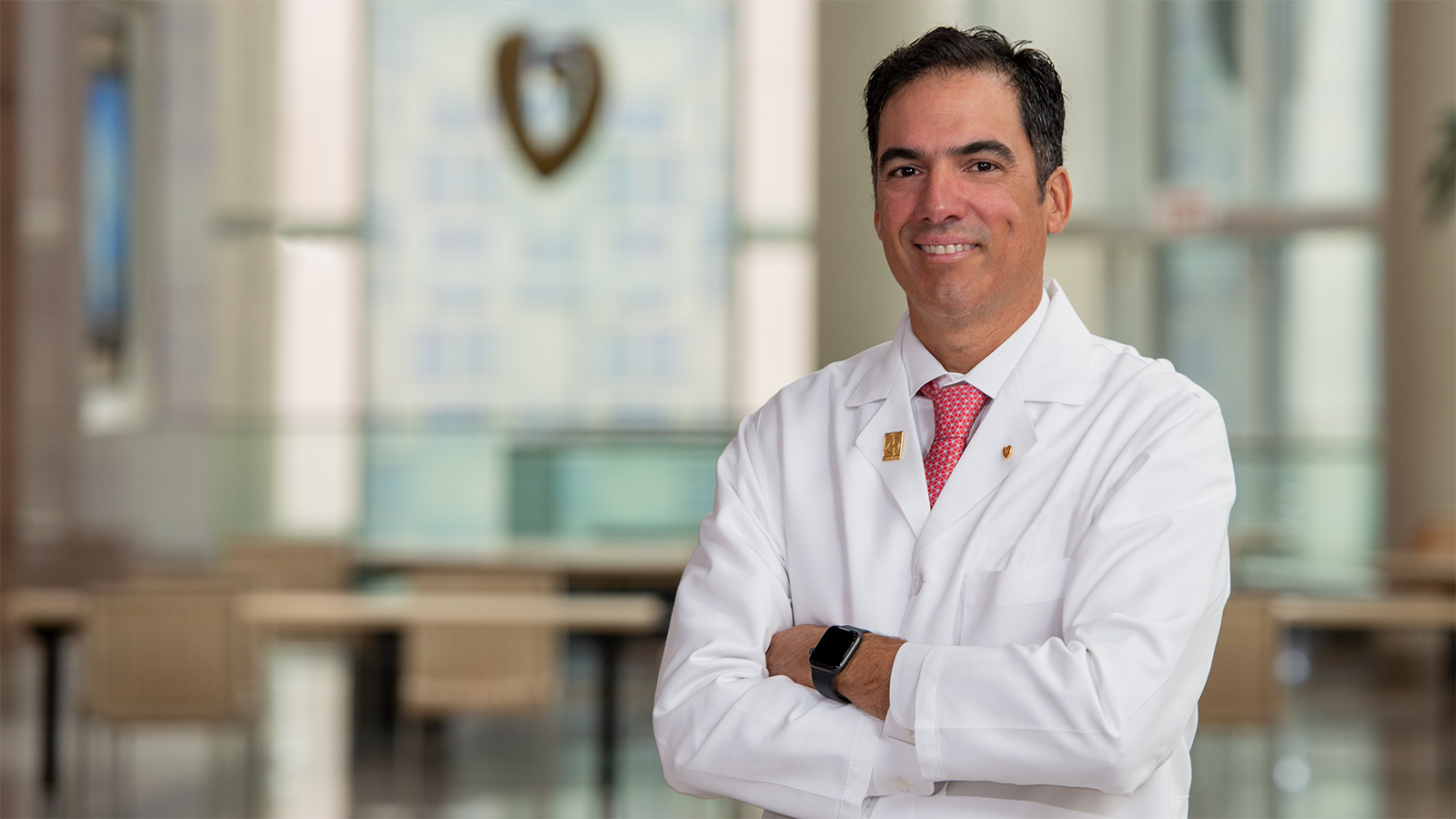
Varicose Veins
Varicose veins are swollen, purple veins in the legs that are visible under your skin. They are caused by damage to blood vessels close to the surface of your skin, slowed blood flow, or the damage or absence of normal valves in your veins.
Normally, blood flow in the veins is aided by valves, which keep the blood moving upward, against the force of gravity. If these valves are weak or blood flows slowly in the veins, the blood may pool and cause the veins to bulge.
Varicose veins are more common in women than in men. The condition also runs in families. Pregnant women may get varicose veins because of hormonal changes and the extra pressure that the baby puts on the lower-stomach area. Varicose veins may also be caused by being severely overweight or by standing for long periods.
What are the symptoms of varicose veins?
The most obvious symptom is the blue or purple snakelike veins. They happen near the skin’s surface and may stand out from your legs. Clusters of flooded capillaries called “spider veins” sometimes surround varicose veins. Varicose veins may cause an aching or tingling feeling in your legs. You may also find that your ankles swell at the end of the day. In most cases, those who seek treatment for varicose veins do so because they find them unattractive.
How are varicose veins treated?
In the early stages, a supportive, elastic stocking may relieve the aching and swelling, but it does not cure the condition.
Repair may involve injecting a salt solution that causes the veins to shrink. Another option for repairing varicose veins is injecting a fluid (known as a sclerosing agent) that swells the vein wall. Your leg is then bandaged tightly to keep the walls of the veins close together. The scarring that happens in the vein causes the walls of the vein to stick together.
Laser treatments are available to treat certain types of varicose veins and spider veins. The heat from the laser is used to destroy the veins, causing them to collapse and seal shut.
Surgical repair, called “stripping,” involves tying the varicose veins at certain points and removing the affected portion of vein. Your body responds by creating new pathways for blood to flow.
